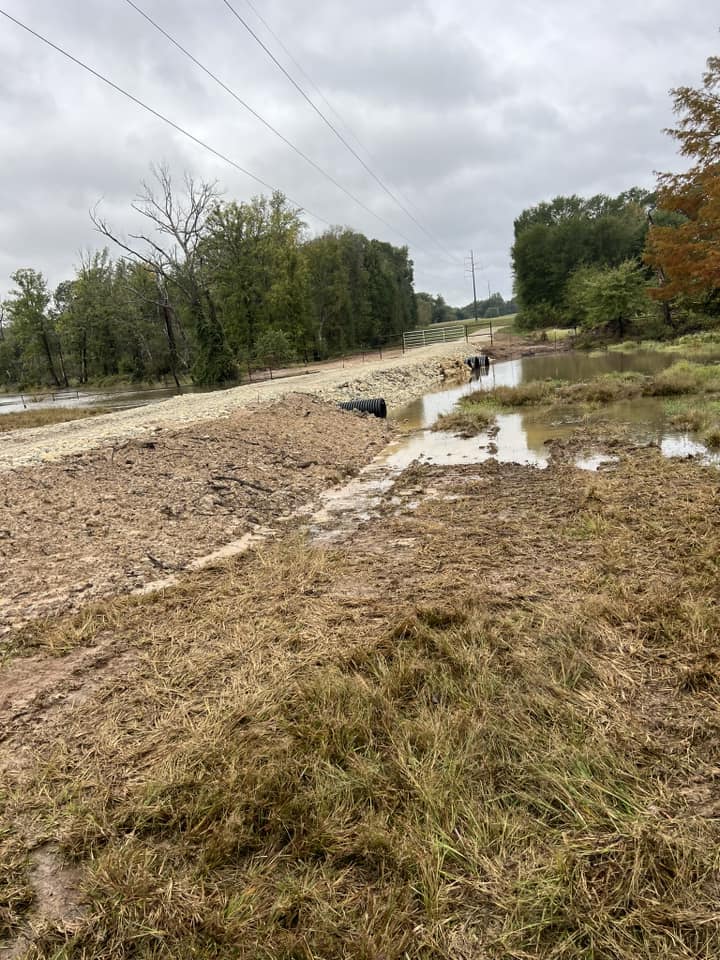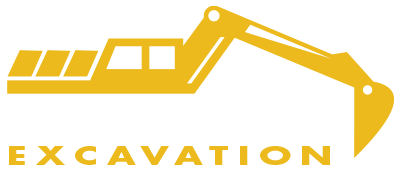Owning land offers countless possibilities, but those dreams can sometimes clash with existing easements. These legal agreements grant specific rights to access or use part of your property to others, impacting your development plans. But don’t fret! With strategic planning and a bit of know-how, you can still make the most of your land while respecting easements.

Understanding the Lay of the Land:
Before embarking on any grand plans, thoroughly understand the easements on your property. Key questions to ask:
- What type of easement exists? Is it for utilities, access, drainage, or something else?
- Where is the easement located? A clear map highlighting the easement boundaries is crucial.
- What are the specific rights and limitations within the easement? Understanding the permitted uses and restrictions is essential.
Strategies for Coexistence:
1. Collaboration is Key:
- Communicate with easement holders: Open communication with utility companies, neighbors with access easements, etc., builds trust and allows for collaborative solutions.
- Explore mutually beneficial options: Can you adjust your plans to minimize disruption to the easement while still achieving your goals? Can you share resources or costs for infrastructure maintenance?
2. Design around the Easement:
- Placement matters: Plan structures, landscaping, and other features away from the easement zone to avoid conflicts.
- Creative solutions: Can you incorporate the easement into your design? For example, a drainage easement could become a decorative water feature.
3. Know Your Rights:
- Restrictions aren’t absolute: Easements often don’t encompass all activities. Research your rights within the easement boundaries.
- Seek professional guidance: Consulting with a lawyer or land surveyor can help you interpret the easement’s impact and explore your options.
Planning for the Future:
Remember, easements are permanent legal agreements. Consider these long-term implications:
- Maintenance responsibilities: Depending on the easement, you might be responsible for maintaining certain aspects of the easement area.
- Future development: Carefully consider potential future development plans and how they might interact with the easement.
- Selling your land: Disclose easements openly and clearly to potential buyers to avoid future disputes.
Making the Most of Your Land:
While easements might seem like limitations, they can also become opportunities for creative solutions and collaborative partnerships. By understanding your rights, employing strategic planning, and seeking professional guidance when needed, you can still turn your land into a haven that respects existing agreements and fulfills your dreams.
Remember, Kyle’s Excavation is here to help! We have extensive experience working around easements on large properties, offering land clearing, grading, and development services that consider existing agreements and optimize your land use. Contact us today for a consultation and see how we can help you navigate your unique land use challenges.
